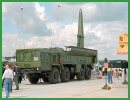- Home
- News
- Defence News
- Defence Exhibitions
- LIMA 2023
- IDEX 2023 exhibitors vistors
- AUSA 2022 News
- MSPO 2022 News
- ADEX 2022 News
- Defense News France
- Eurosatory 2022
- DSA 2022 News Official Online Show Daily
- WDS Saudi Arabia
- UMEX 2022 News
- Defense Exhibitions 2021
- IDEX 2021 exhibitors vistors
- ShieldAfrica 2021 exhibitors vistors
- IDEF 2021 exhibitors visitors
- SOFINS 2021 News Online Show Daily
- DEFEA 2021 Exhibitors - Visitors
- Army-2021 News Show Daily
- MSPO 2021 News Official Online Show Daily
- AUSA 2021 News
- DSEI 2021
- Partner 2021 News
- Milipol Paris 2021
- EDEX 2021 News
- ExpoDefensa 2021
- FEINDEF 2021 News
- Defense Exhibitions 2020
- Defense Exhibitions 2019
- GDA 2019 News Official Show Daily
- ShieldAfrica 2019 Visitors Exhibitors Information
- IDEX 2019 Visitors Exhibitors Information
- Enforce TAC 2019 News Show Daily
- MILEX 2019 News Online Show Daily Minsk Belarus
- SITDEF 2019 Visitors Exhibitors Information
- SOFINS 2019 News Online Show Daily
- LAAD 2019 News Online Show Daily
- IDEF 2019 News Online Show Daily
- FEINDEF 2019 News Online Show Daily
- IDET 2019 News Online Show Daily
- ISDEF 2019 Visitors Exhibitors Information
- Partner 2019 News Online Show Daily
- Army-2019 News Russia Online Show Daily
- Milipol Paris 2019 News Online Show Daily
- ExpoDefensa 2019 Exhibitors - Vistors - Information
- BIDEC 2019 Exhibitors Visitors Information
- AUSA 2019 News Online Show Daily
- DSEI 2019 exhibitors visitors information
- MSPO 2019 Exhibitors Visitors Information
- Defense & Security Thailand 2019 News Official Show Daily
- Defence Exhibitions 2018
- BSDA 2018 News Online Show Daily
- KADEX 2018 Visitors Exhibitors Information
- SOFIC 2018 News Online Show Daily
- Warrior Competition 2018 KASOTC News
- DefExpo 2018 News Show Daily
- DSA 2018 Visitors Exhibitors Information
- SOFEX 2018 Visitors Exhibitors Information
- Enforce Tac 2018 News
- Singapore AirShow 2018 News
- Shot Show 2018 News Show Daily
- IAV 2018 News Show Daily
- UMEX 2018 UAE News
- Eurosatory 2018 Visitors Exhibitors Information
- AirShow China 2018 News Online Show Daily
- IndoDefence 2018 Visitors Exhibitors Information
- IDEAS 2018 Visitors Exhibitors Information
- EDEX 2018 Visitors Exhibitors Information
- AUSA 2018 News Online Show Daily
- AAD 2018 Visitors Exhibitors Information
- DVD 2018 News Online Show Daily
- ADEX 2018 Visitors Exhibitors Information
- DX Korea 2018 Visitors Exhibitors Information
- Army-2018 Russia News Online Show Daily
- MSPO 2018 Visitors Exhibitors Information
- Defence Exhibitions 2017
- ShieldAfrica 2017 News Exhibitors Visitors
- LAAD 2017 News Exhibitors Visitors
- IDEX 2017 News Exhibitors Visitors
- SOFINS 2017 News Exhibitors Visitors
- SITDEF 2017 Exhibitors Visitors News
- SOFIC 2017 Online Show Daily News - Report - Coverage
- IDEF 2017 News Visitors Exhibitors
- IDET 2017 Exhibitors Visitors News
- Partner 2017 Online show Daily News
- Army-2017 News Online show Daily
- MSPO 2017 News Visitors Exhibitors
- AUSA 2017 Online Show Daily News
- Expodefensa 2017 News Exhibitors Visitors
- Arms & Security 2017 Online show Daily News
- BIDEC 2017 News Visitors Exhibitors
- Defense & Security Thailand 2017 Official Online show Daily News
- Milipol Paris 2017 Online Show Daily News
- GDA 2017 Online Show Daily News
- ADEX 2017 South Korea Online show Daily News
- DSEI 2017 News Visitors Exhibitors
- Defence Exhibition 2016
- IDEAS 2016 News Visitors Exhibitors
- High Tech Port 2016 News Exhibitors Visitors
- Airshow China 2016 Online Show Daily News - Report - Coverage
- INDO DEFENCE 2016 Online Show Daily News - Report - Coverage
- AUSA 2016 Online Show Daily News - Report - Coverage
- ADEX 2016 News Visitors Exhibitors
- AAD 2016 Online Show Daily News - Coverage - Report
- Army 2016 News Exhibitors Visitors
- MSPO 2016 news visitors exhibitors
- Eurosatory 2016 News Exhibitors Visitors
- KADEX 2016 News Visitors Exhibitors
- SOFEX 2016 News Exhibitors Visitors
- Warrior Competition 2016 KASOTC Coverage - Report - News
- DSA 2016 News Visitors Exhibitors
- Defexpo 2016 Online Show Daily News
- Defexpo 2016 Official Online Show Daily News - Coverage - Report
- ISNR 2016 Online Show Daily News
- KIDEC 2016 news visitors exhibitors
- IWA 2016 Online Show Daily News
- Defence Exhibitions 2015
- Expodefensa 2015 News Exhibitors Visitors
- Milipol 2015 News - Report - Coverage
- AUSA 2015 Online Show Daily News - Coverage - Report
- Defense & Security 2015 News Visitors Exhibitors
- APHS 2015 News Exhibitors Visitors
- MSPO 2015 News Exhibitors Visitors
- RAE 2015 News Exhibitors Visitors
- DSEI 2015 News Exhibitors Visitors
- Partner 2015 Official Online Show Daily News - Coverage - Report
- IDET 2015 News Exhibitors Visitors
- SITDEF 2015 News Exhibitors Visitors
- IDEF 2015 News - Coverage - Report
- SOFINS 2015 News - Coverage - Report
- IDEX 2015 News Exhibitors Visitors
- ARMY 2015 Russia News Coverage Report
- Defence Exhibitions 2014
- IndoDefence 2014 News Information Exhibitors Visitors
- AirShow China 2014 news - coverage - report
- AUSA 2014 Show News Information Exhibitors Visitors
- IDEAS 2014 News Information Exhibitors Visitors
- ADEX 2014 Show News Information Exhibitors Visitors
- MSPO 2014 Show News Information Exhibitors Visitors
- AAD 2014 Show News Exhibitors Visitors Information
- Defexpo 2014 Show News Information Exhibitors Visitors
- Eurosatory 2014 Show News Information Exhibitors Visitors
- SOFEX 2014 Show News Information Exhibitors Visitors
- KADEX 2014 Show News Information Exhibitors Visitors
- CIDEX 2014 Show News Information Exhibitors Visitors
- IDEB 2014 Show News Information Exhibitors Visitors
- DSA 2014 Show News Information Exhibitors Visitors
- Defence Exhibitions 2013
- IDEX 2013
- IDEF 2013 Defence Industry Fair
- Partner 2013 news coverage report
- IDET 2013
- 14 July 2013 French army parade pictures
- Défilé militaire 14 juillet 2013 photos - vidéo
- FED 2013 Meeting - Forum Defence Industry
- LAAD 2013 defence exhibition
- RAE 2013 Russian Arms Expo News - Pictures - Video
- IAV 2013 Conference Exhibition
- SITDEF 2013 News Coverage Report
- SITDEF 2013 Show Daily News - Coverage - Report
- TADTE 2013 Show daily news coverage report
- MSPO 2013 Defence Exhibition
- AUSA 2013 U.S. Army Annual Meeting & Exposition
- DSEI 2013 Defence & Security Exhibition
- Milipol 2013 Internal State Security Exhibition
- Defence Exhibitions 2012
- Defence Exhibitions 2011
- ARG News
- Defense Web TV
- Defence News
- Defence Industry
- World Army Equipment
- Focus / Analysis
- Advertising
- Send Press Release
Defense Breaking News
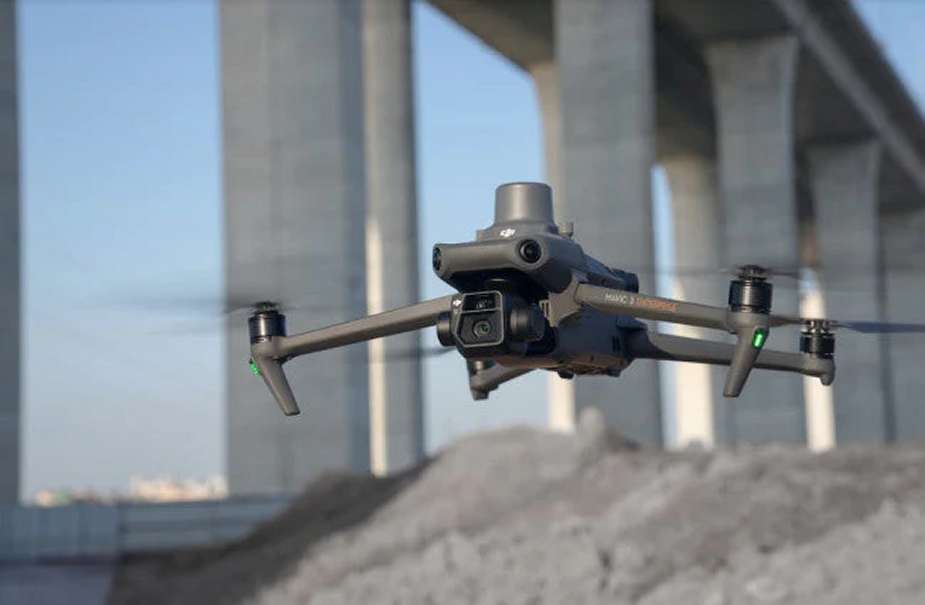
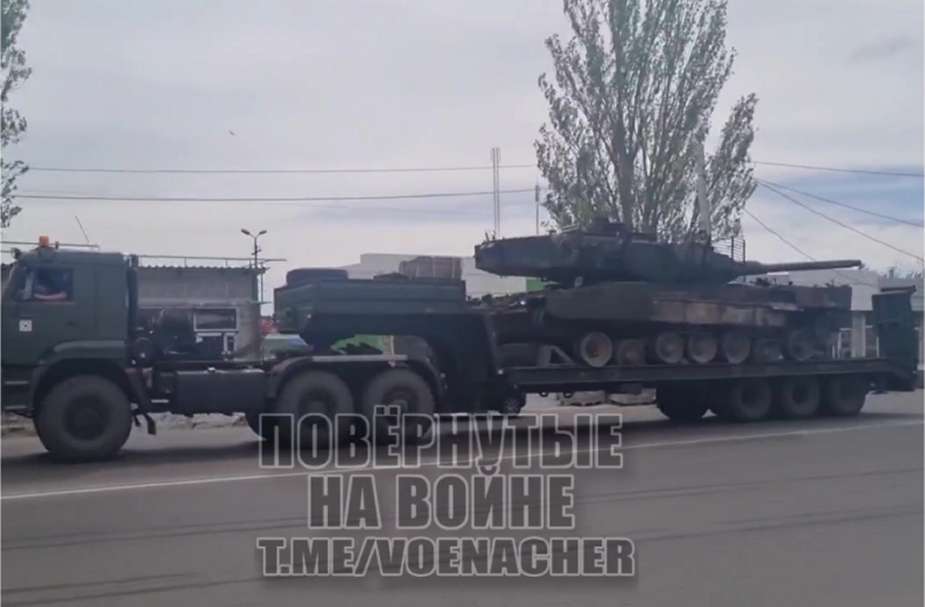
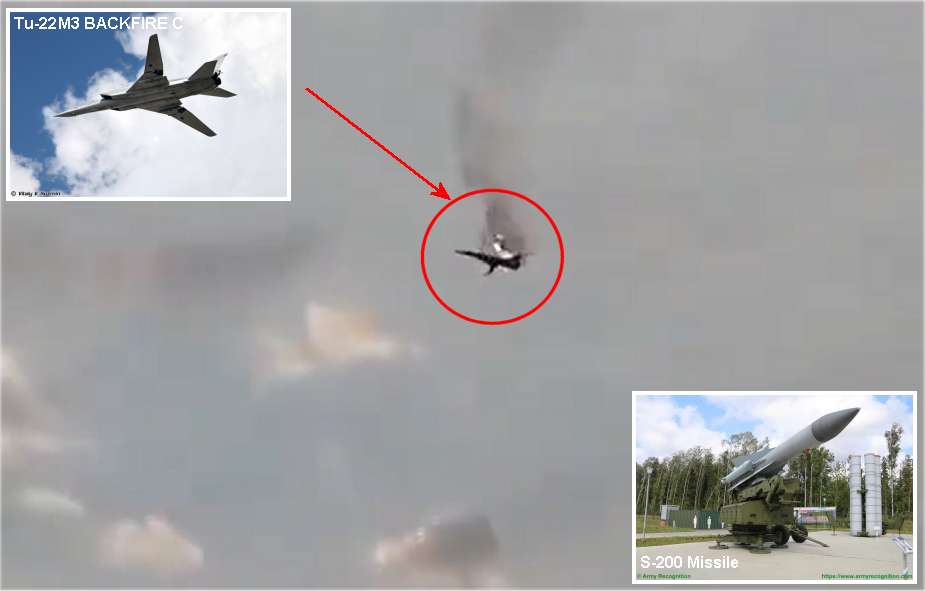
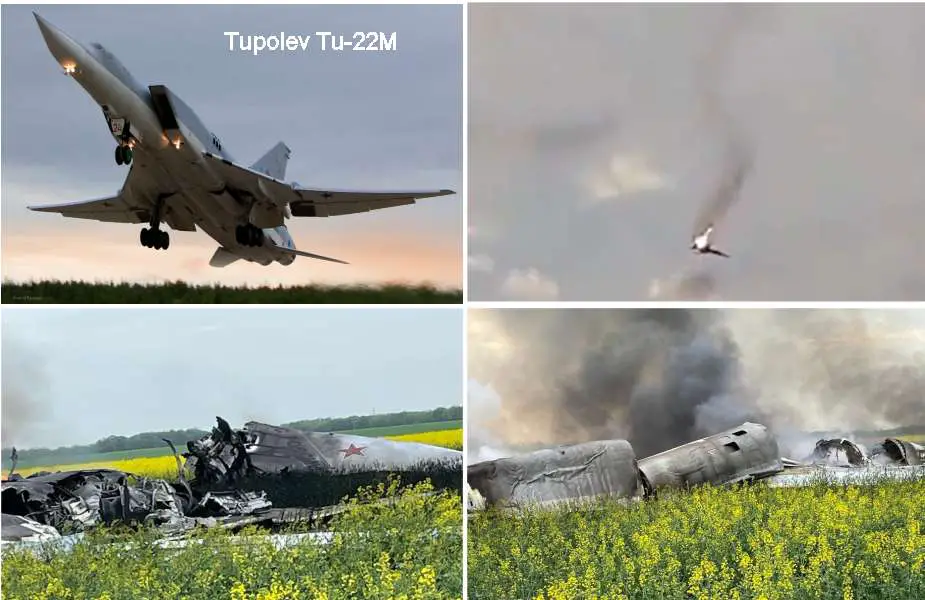
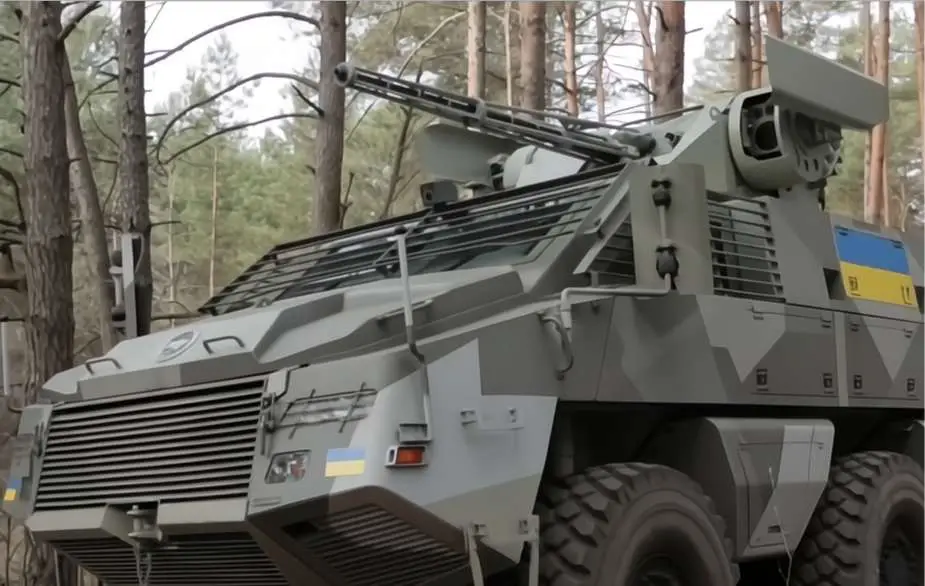
More In : Ukraine - Russia conflict war 2022
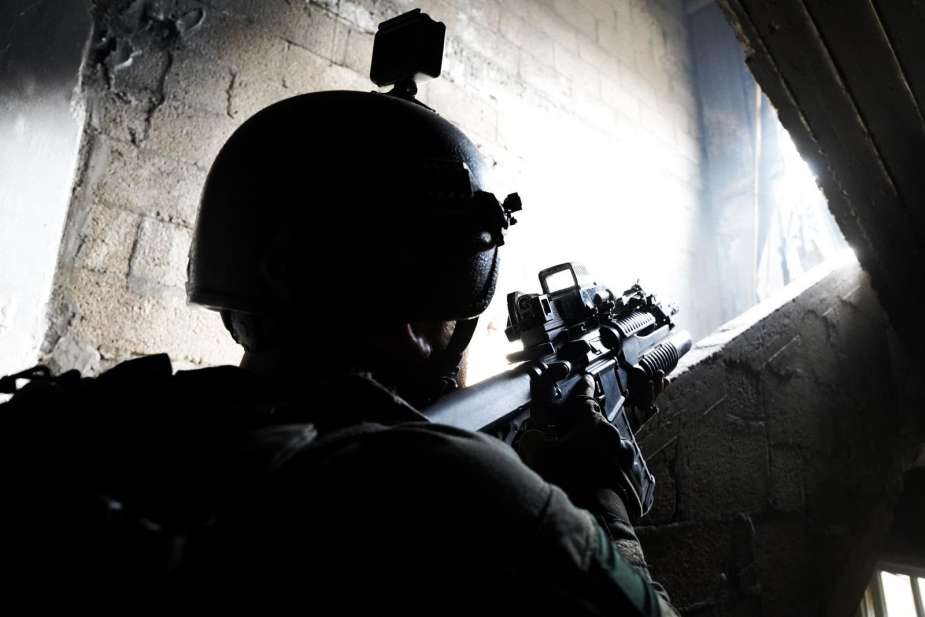
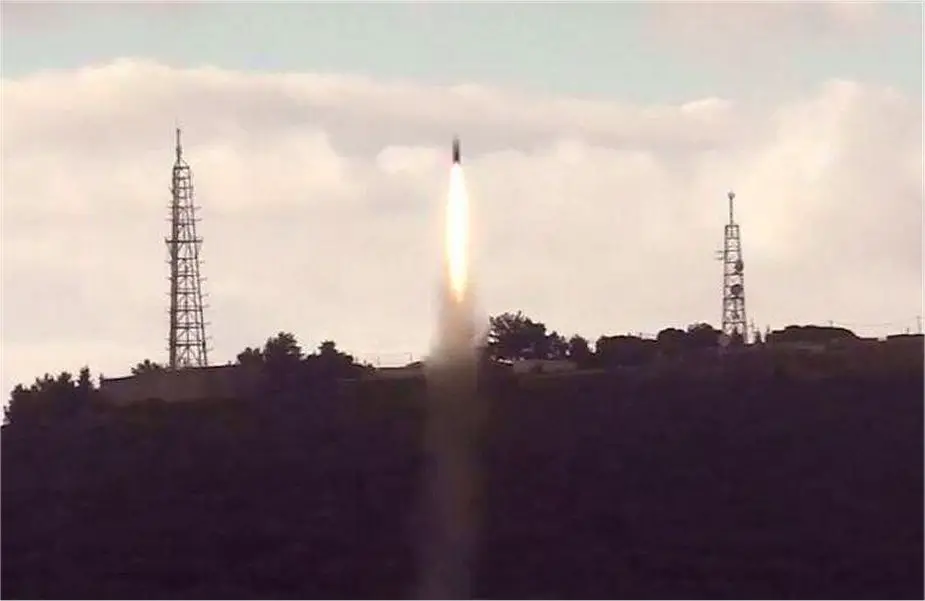
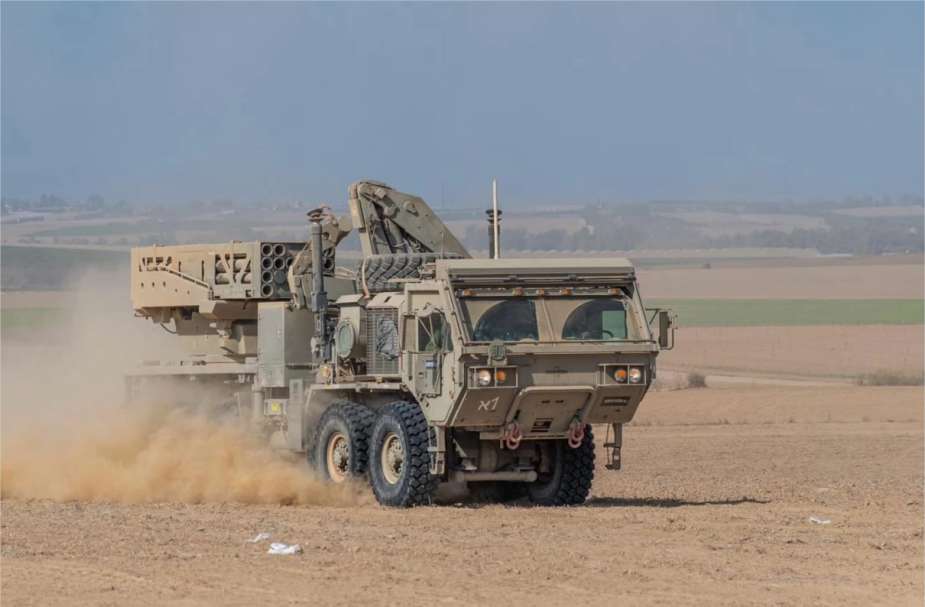
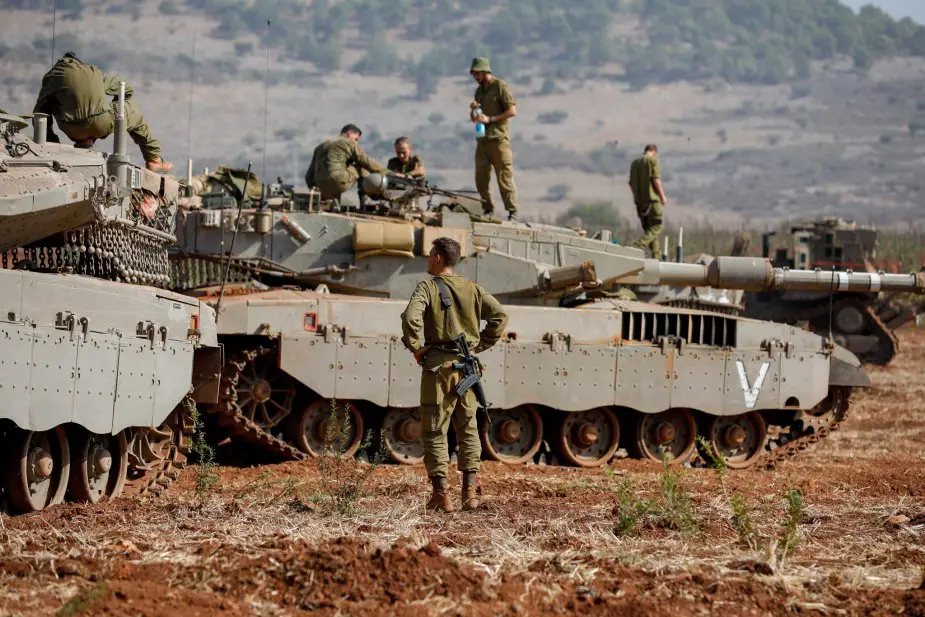
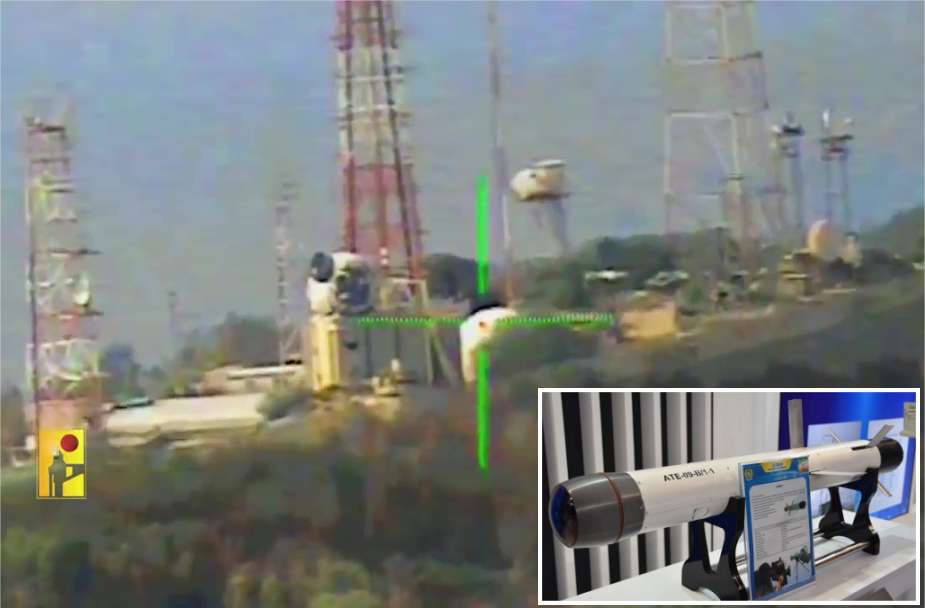
More In : Hamas Gaza - Israel War 2023
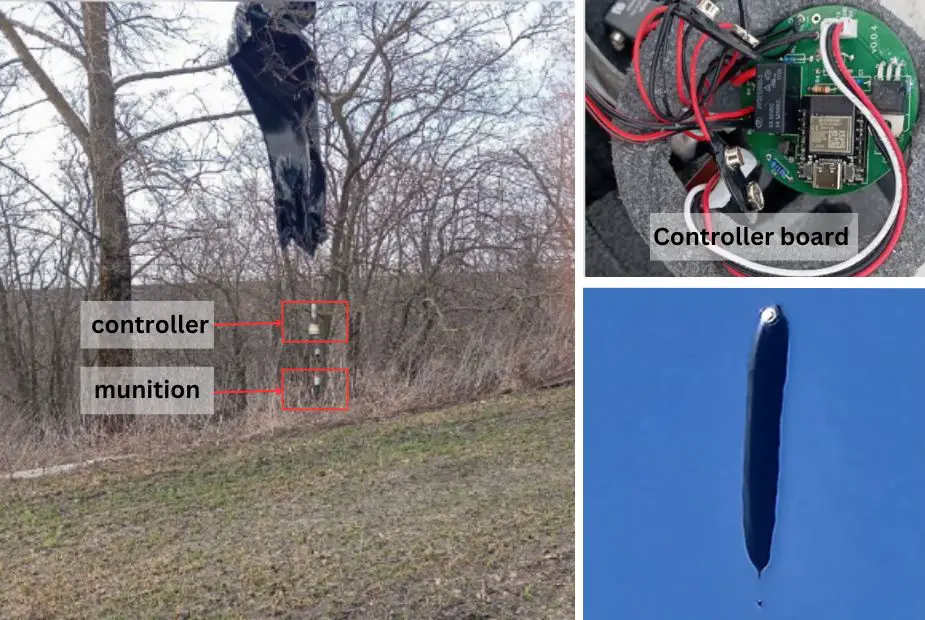
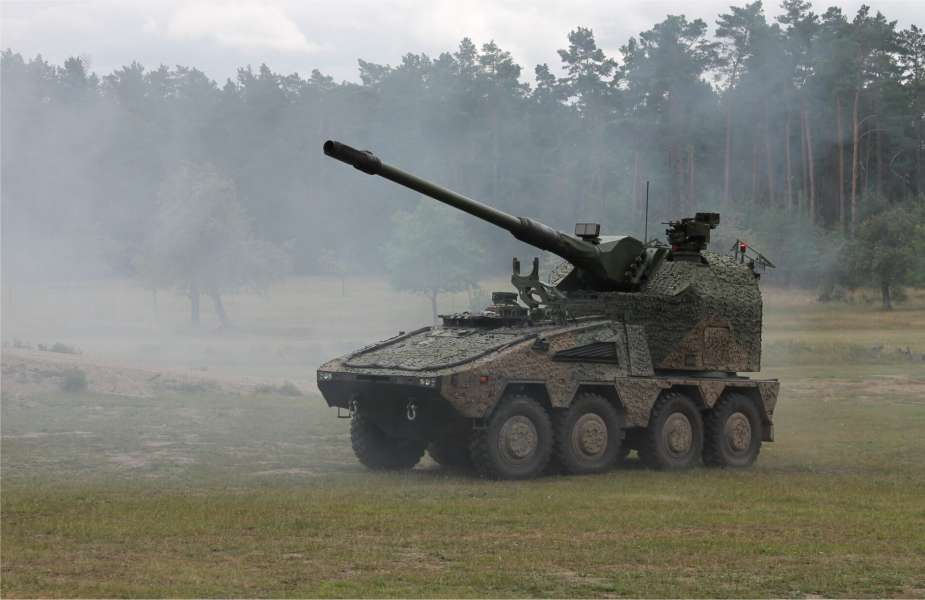
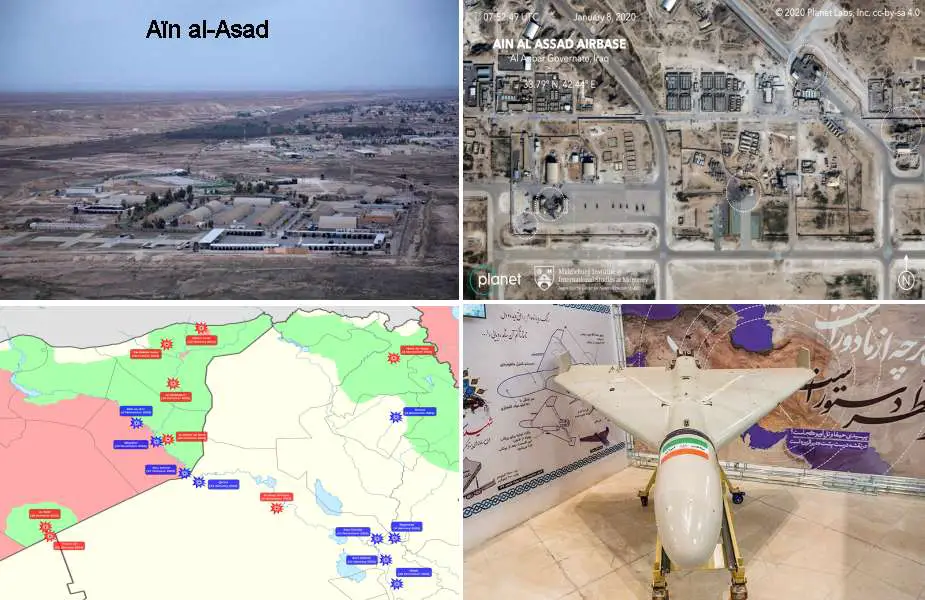
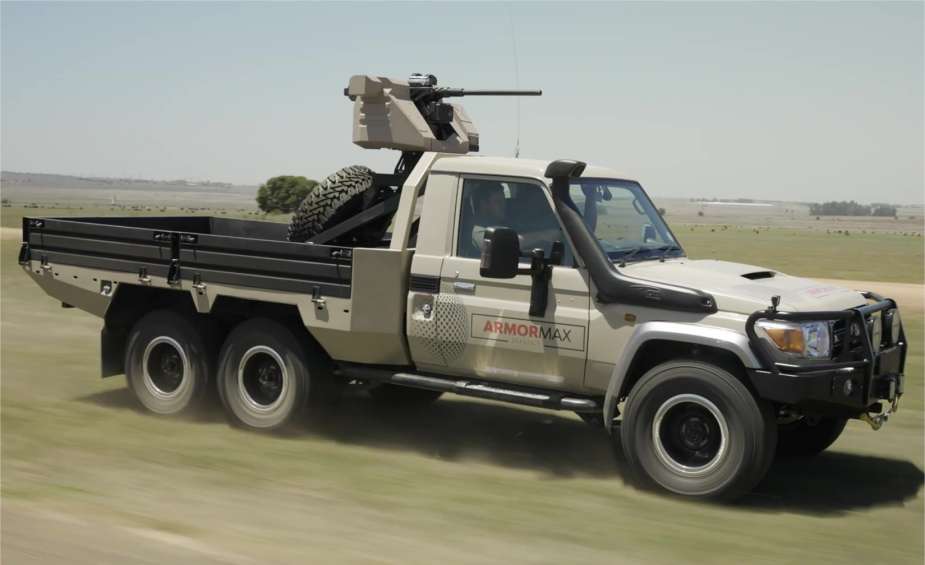
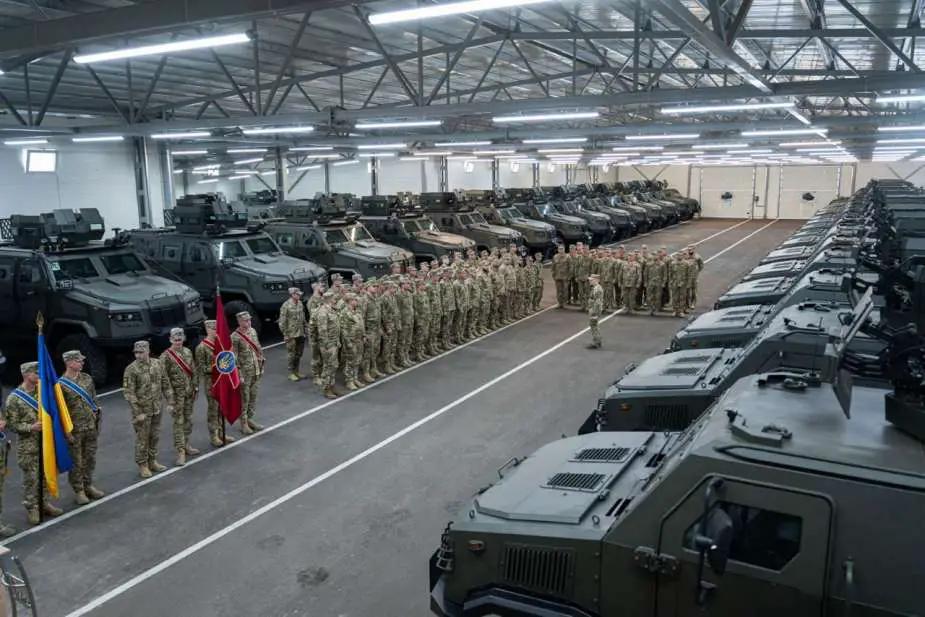
Army Recognition Official Media Partner - Online Show Daily News - Web TV Television
- Home
- News
- Defence News
- Defence Exhibitions
- LIMA 2023
- IDEX 2023 exhibitors vistors
- AUSA 2022 News
- MSPO 2022 News
- ADEX 2022 News
- Defense News France
- Eurosatory 2022
- DSA 2022 News Official Online Show Daily
- WDS Saudi Arabia
- UMEX 2022 News
- Defense Exhibitions 2021
- IDEX 2021 exhibitors vistors
- ShieldAfrica 2021 exhibitors vistors
- IDEF 2021 exhibitors visitors
- SOFINS 2021 News Online Show Daily
- DEFEA 2021 Exhibitors - Visitors
- Army-2021 News Show Daily
- MSPO 2021 News Official Online Show Daily
- AUSA 2021 News
- DSEI 2021
- Partner 2021 News
- Milipol Paris 2021
- EDEX 2021 News
- ExpoDefensa 2021
- FEINDEF 2021 News
- Defense Exhibitions 2020
- Defense Exhibitions 2019
- GDA 2019 News Official Show Daily
- ShieldAfrica 2019 Visitors Exhibitors Information
- IDEX 2019 Visitors Exhibitors Information
- Enforce TAC 2019 News Show Daily
- MILEX 2019 News Online Show Daily Minsk Belarus
- SITDEF 2019 Visitors Exhibitors Information
- SOFINS 2019 News Online Show Daily
- LAAD 2019 News Online Show Daily
- IDEF 2019 News Online Show Daily
- FEINDEF 2019 News Online Show Daily
- IDET 2019 News Online Show Daily
- ISDEF 2019 Visitors Exhibitors Information
- Partner 2019 News Online Show Daily
- Army-2019 News Russia Online Show Daily
- Milipol Paris 2019 News Online Show Daily
- ExpoDefensa 2019 Exhibitors - Vistors - Information
- BIDEC 2019 Exhibitors Visitors Information
- AUSA 2019 News Online Show Daily
- DSEI 2019 exhibitors visitors information
- MSPO 2019 Exhibitors Visitors Information
- Defense & Security Thailand 2019 News Official Show Daily
- Defence Exhibitions 2018
- BSDA 2018 News Online Show Daily
- KADEX 2018 Visitors Exhibitors Information
- SOFIC 2018 News Online Show Daily
- Warrior Competition 2018 KASOTC News
- DefExpo 2018 News Show Daily
- DSA 2018 Visitors Exhibitors Information
- SOFEX 2018 Visitors Exhibitors Information
- Enforce Tac 2018 News
- Singapore AirShow 2018 News
- Shot Show 2018 News Show Daily
- IAV 2018 News Show Daily
- UMEX 2018 UAE News
- Eurosatory 2018 Visitors Exhibitors Information
- AirShow China 2018 News Online Show Daily
- IndoDefence 2018 Visitors Exhibitors Information
- IDEAS 2018 Visitors Exhibitors Information
- EDEX 2018 Visitors Exhibitors Information
- AUSA 2018 News Online Show Daily
- AAD 2018 Visitors Exhibitors Information
- DVD 2018 News Online Show Daily
- ADEX 2018 Visitors Exhibitors Information
- DX Korea 2018 Visitors Exhibitors Information
- Army-2018 Russia News Online Show Daily
- MSPO 2018 Visitors Exhibitors Information
- Defence Exhibitions 2017
- ShieldAfrica 2017 News Exhibitors Visitors
- LAAD 2017 News Exhibitors Visitors
- IDEX 2017 News Exhibitors Visitors
- SOFINS 2017 News Exhibitors Visitors
- SITDEF 2017 Exhibitors Visitors News
- SOFIC 2017 Online Show Daily News - Report - Coverage
- IDEF 2017 News Visitors Exhibitors
- IDET 2017 Exhibitors Visitors News
- Partner 2017 Online show Daily News
- Army-2017 News Online show Daily
- MSPO 2017 News Visitors Exhibitors
- AUSA 2017 Online Show Daily News
- Expodefensa 2017 News Exhibitors Visitors
- Arms & Security 2017 Online show Daily News
- BIDEC 2017 News Visitors Exhibitors
- Defense & Security Thailand 2017 Official Online show Daily News
- Milipol Paris 2017 Online Show Daily News
- GDA 2017 Online Show Daily News
- ADEX 2017 South Korea Online show Daily News
- DSEI 2017 News Visitors Exhibitors
- Defence Exhibition 2016
- IDEAS 2016 News Visitors Exhibitors
- High Tech Port 2016 News Exhibitors Visitors
- Airshow China 2016 Online Show Daily News - Report - Coverage
- INDO DEFENCE 2016 Online Show Daily News - Report - Coverage
- AUSA 2016 Online Show Daily News - Report - Coverage
- ADEX 2016 News Visitors Exhibitors
- AAD 2016 Online Show Daily News - Coverage - Report
- Army 2016 News Exhibitors Visitors
- MSPO 2016 news visitors exhibitors
- Eurosatory 2016 News Exhibitors Visitors
- KADEX 2016 News Visitors Exhibitors
- SOFEX 2016 News Exhibitors Visitors
- Warrior Competition 2016 KASOTC Coverage - Report - News
- DSA 2016 News Visitors Exhibitors
- Defexpo 2016 Online Show Daily News
- Defexpo 2016 Official Online Show Daily News - Coverage - Report
- ISNR 2016 Online Show Daily News
- KIDEC 2016 news visitors exhibitors
- IWA 2016 Online Show Daily News
- Defence Exhibitions 2015
- Expodefensa 2015 News Exhibitors Visitors
- Milipol 2015 News - Report - Coverage
- AUSA 2015 Online Show Daily News - Coverage - Report
- Defense & Security 2015 News Visitors Exhibitors
- APHS 2015 News Exhibitors Visitors
- MSPO 2015 News Exhibitors Visitors
- RAE 2015 News Exhibitors Visitors
- DSEI 2015 News Exhibitors Visitors
- Partner 2015 Official Online Show Daily News - Coverage - Report
- IDET 2015 News Exhibitors Visitors
- SITDEF 2015 News Exhibitors Visitors
- IDEF 2015 News - Coverage - Report
- SOFINS 2015 News - Coverage - Report
- IDEX 2015 News Exhibitors Visitors
- ARMY 2015 Russia News Coverage Report
- Defence Exhibitions 2014
- IndoDefence 2014 News Information Exhibitors Visitors
- AirShow China 2014 news - coverage - report
- AUSA 2014 Show News Information Exhibitors Visitors
- IDEAS 2014 News Information Exhibitors Visitors
- ADEX 2014 Show News Information Exhibitors Visitors
- MSPO 2014 Show News Information Exhibitors Visitors
- AAD 2014 Show News Exhibitors Visitors Information
- Defexpo 2014 Show News Information Exhibitors Visitors
- Eurosatory 2014 Show News Information Exhibitors Visitors
- SOFEX 2014 Show News Information Exhibitors Visitors
- KADEX 2014 Show News Information Exhibitors Visitors
- CIDEX 2014 Show News Information Exhibitors Visitors
- IDEB 2014 Show News Information Exhibitors Visitors
- DSA 2014 Show News Information Exhibitors Visitors
- Defence Exhibitions 2013
- IDEX 2013
- IDEF 2013 Defence Industry Fair
- Partner 2013 news coverage report
- IDET 2013
- 14 July 2013 French army parade pictures
- Défilé militaire 14 juillet 2013 photos - vidéo
- FED 2013 Meeting - Forum Defence Industry
- LAAD 2013 defence exhibition
- RAE 2013 Russian Arms Expo News - Pictures - Video
- IAV 2013 Conference Exhibition
- SITDEF 2013 News Coverage Report
- SITDEF 2013 Show Daily News - Coverage - Report
- TADTE 2013 Show daily news coverage report
- MSPO 2013 Defence Exhibition
- AUSA 2013 U.S. Army Annual Meeting & Exposition
- DSEI 2013 Defence & Security Exhibition
- Milipol 2013 Internal State Security Exhibition
- Defence Exhibitions 2012
- Defence Exhibitions 2011
- ARG News
- Defense Web TV
- Defence Industry
- Asia
- Europe
- Austria
- Belgium
- France
- Germany
- Greece
- Italy
- Lithuania
- Spain
- Turkey
- United Kingdom
- East Europe
- Middle East
- North America
- Oceania
- World Army Equipment
- Africa
- Asia
- Central America
- East Europe (A-P)
- East Europe (Q-W)
- Romania
- Russia
- Artillery Vehicle
- Field Equipment
- Helicopter
- Light Armoured
- Missile System
- Tanks
- Wheeled Vehicle
- Weapons
- Uniforms / Ranks
- Unmanned Aerial - Ground Systems
- Slovakia
- Serbia
- Slovenia
- Ukraine
- Europe West (A-N)
- Europe West (O-W)
- Independent
- Middle East
- North America
- Oceania
- South America
- Focus / Analysis
- Advertising
- Send Press Release








